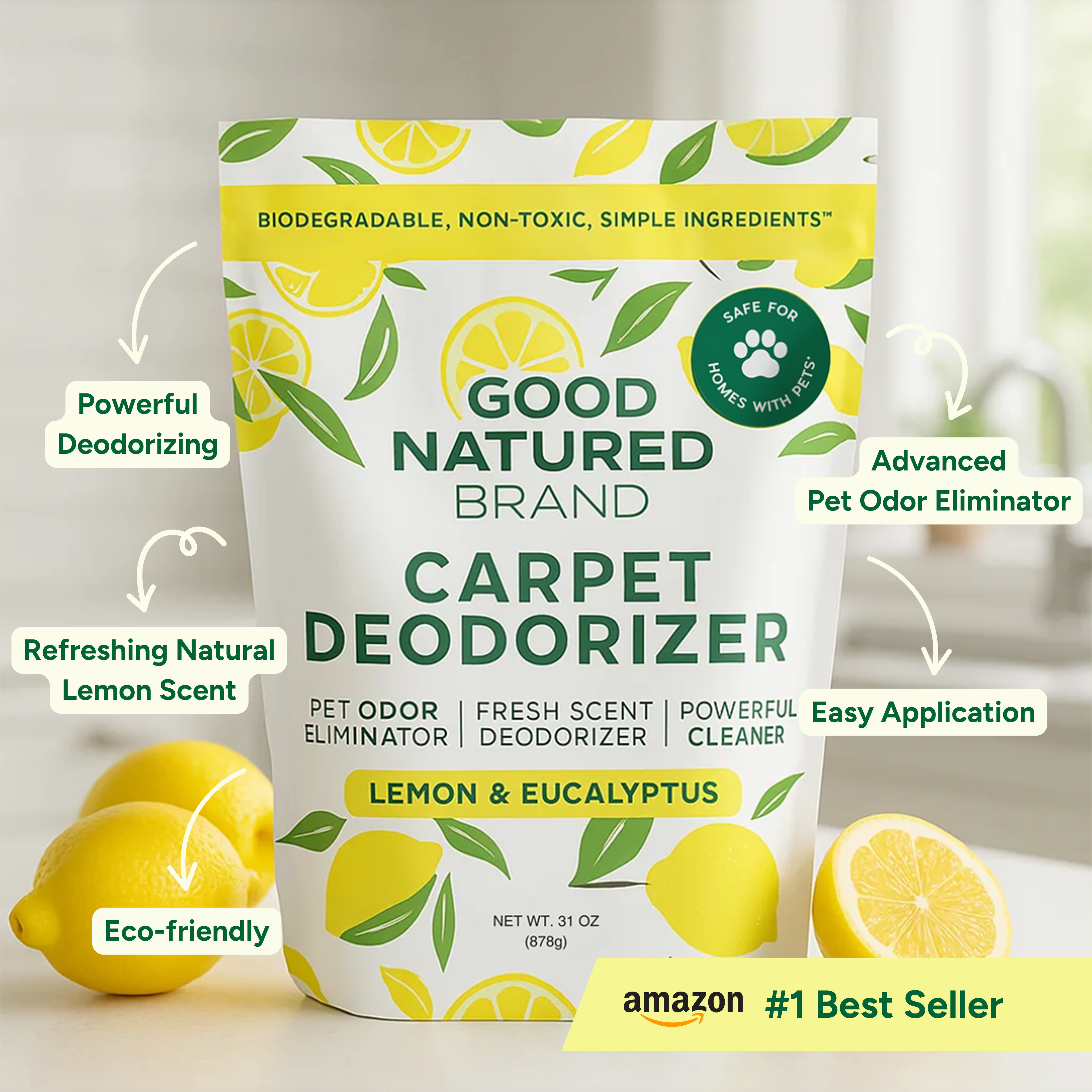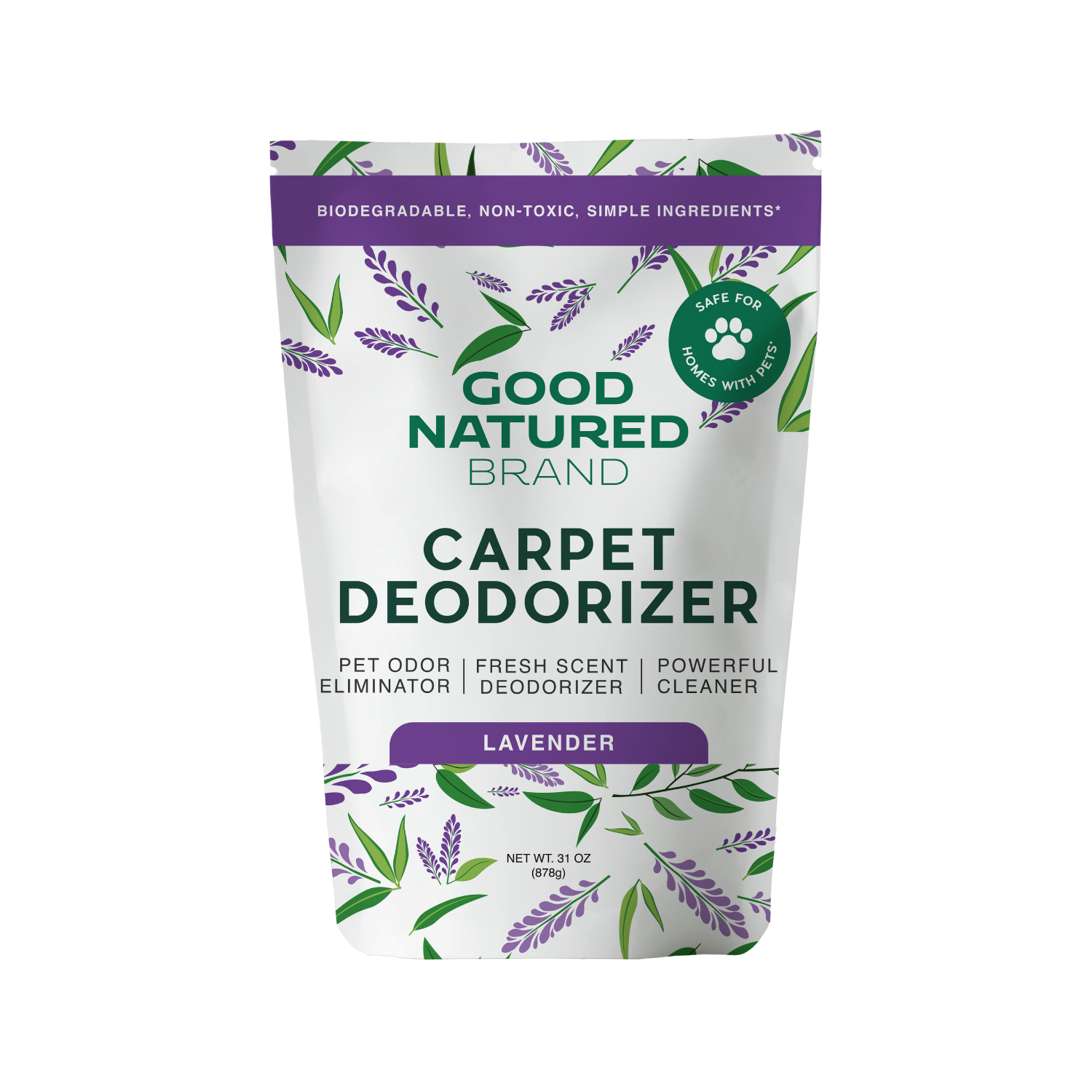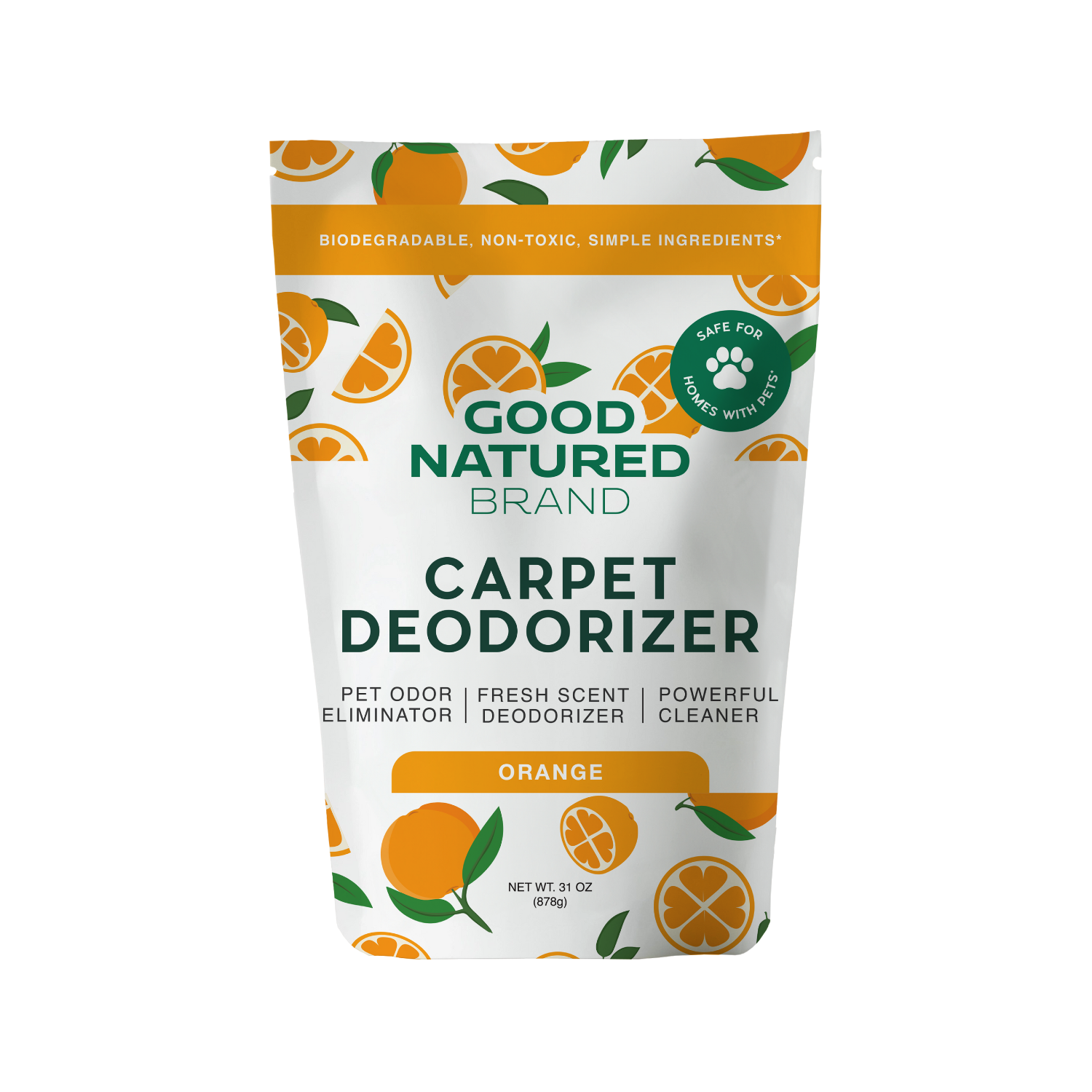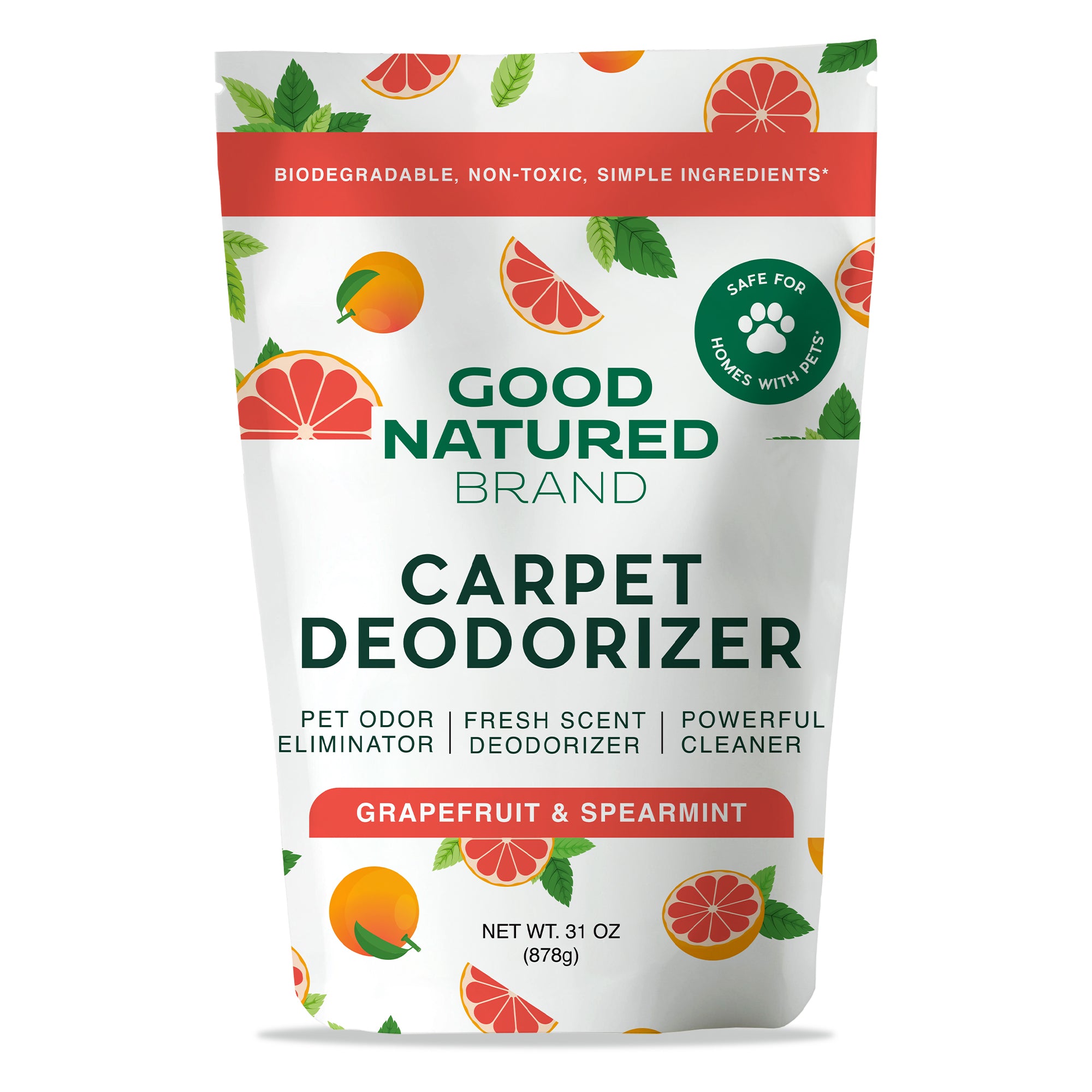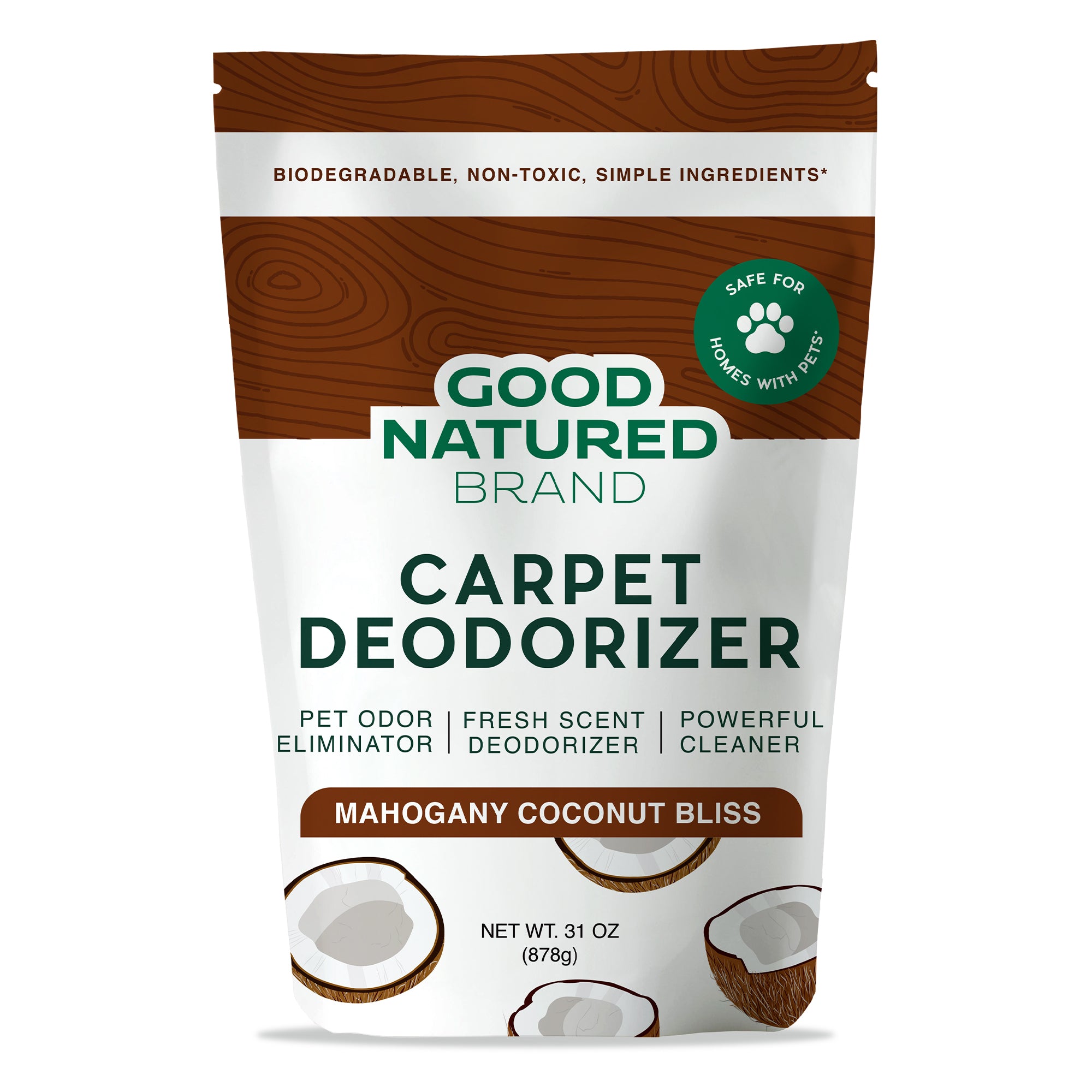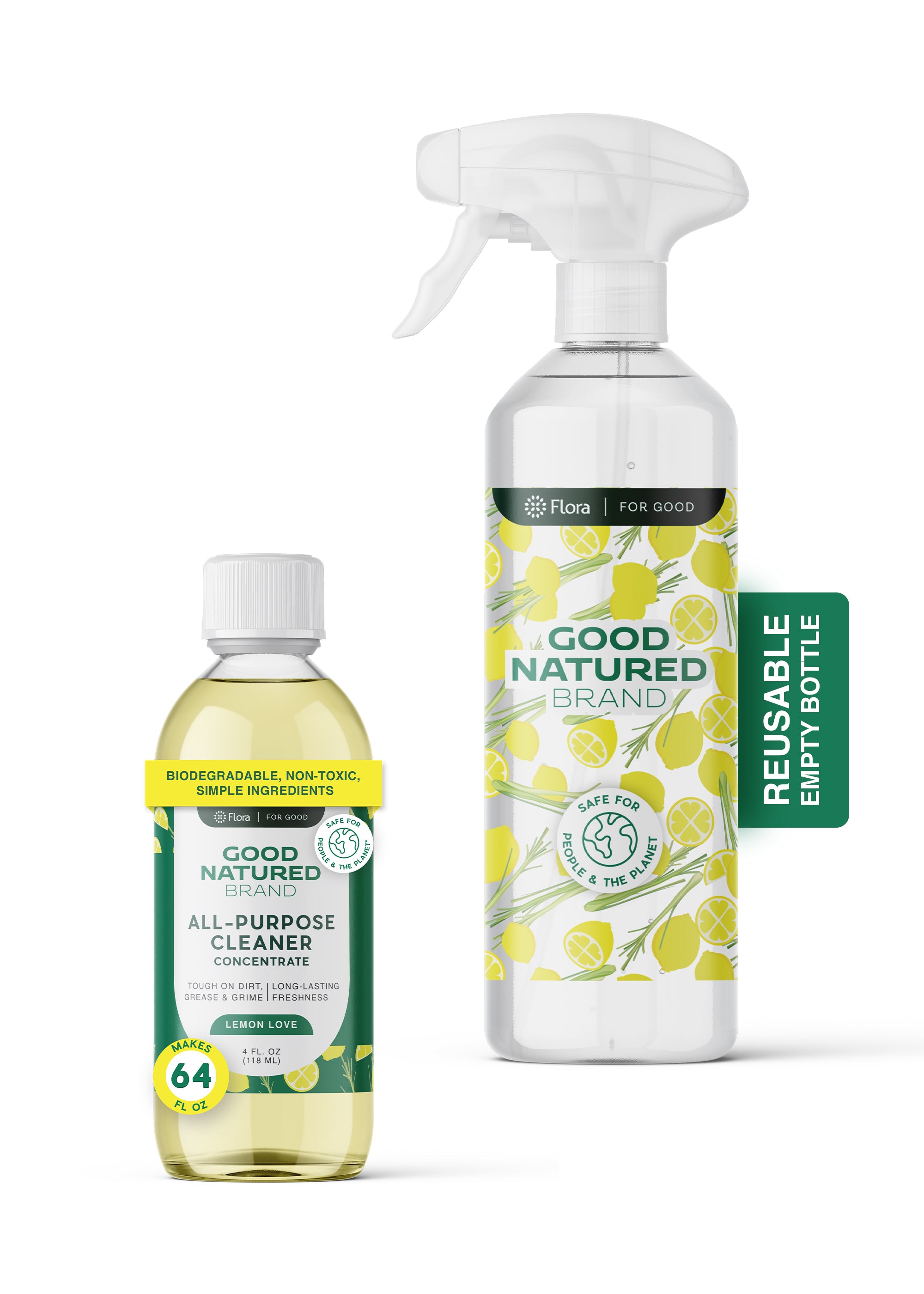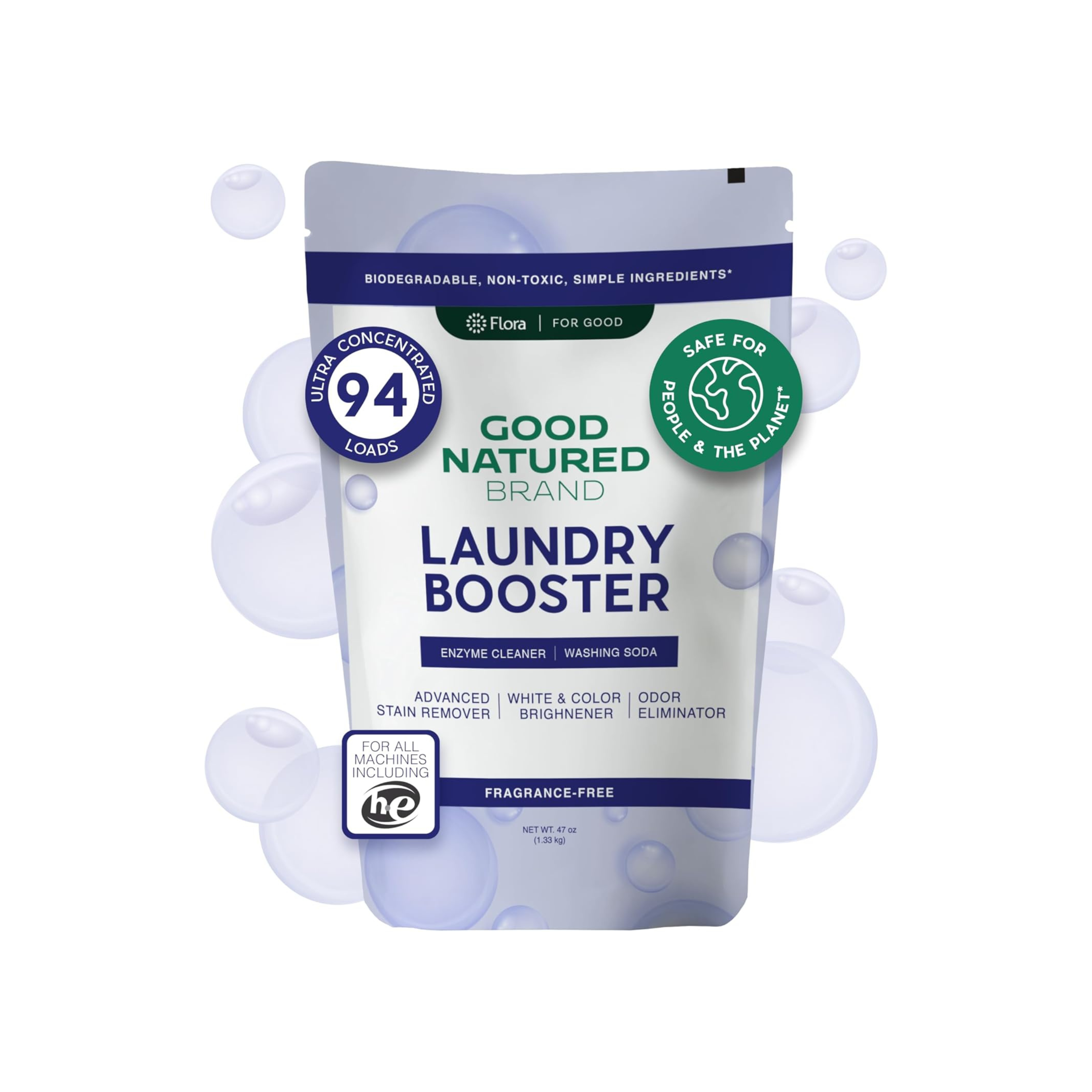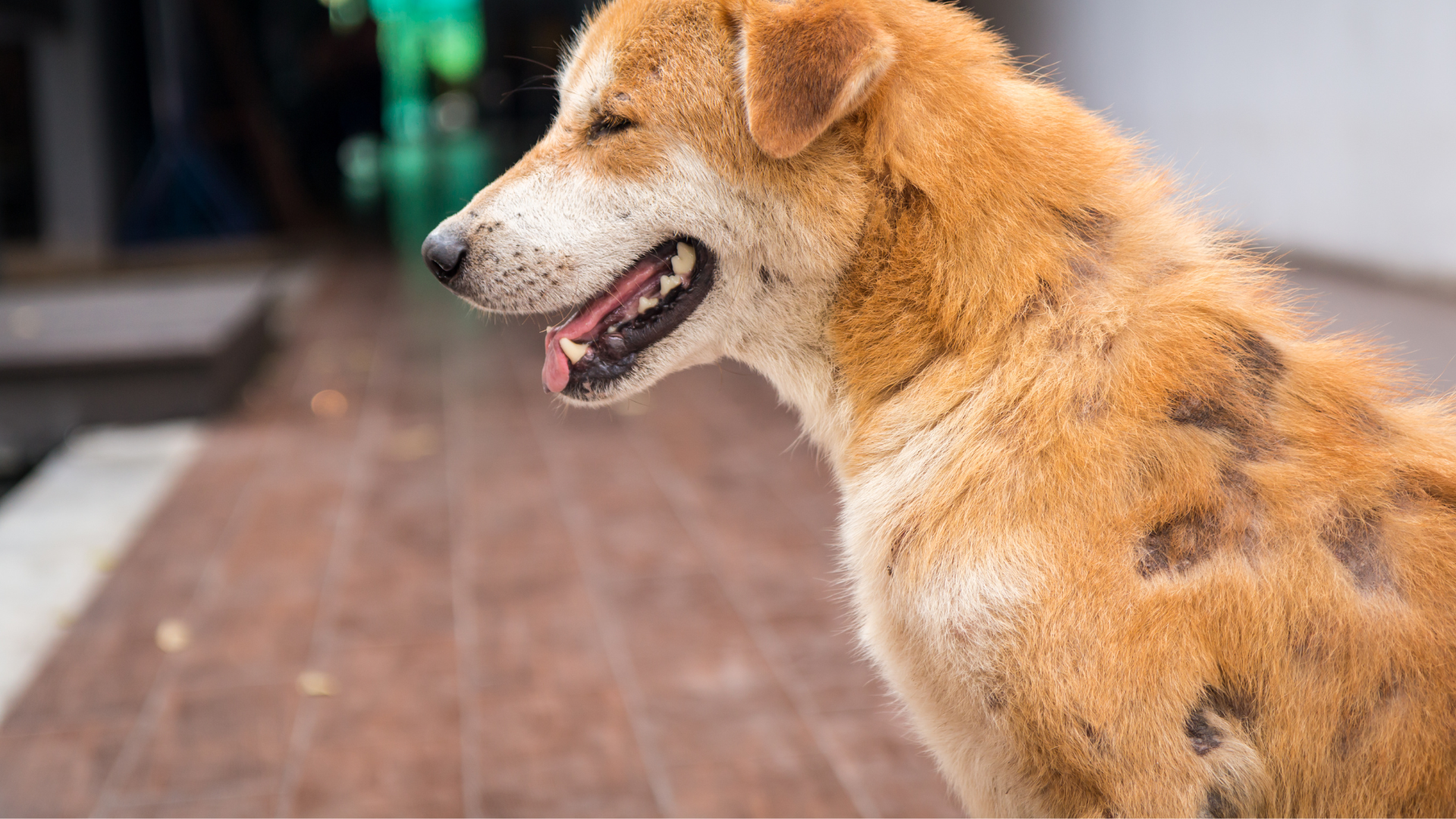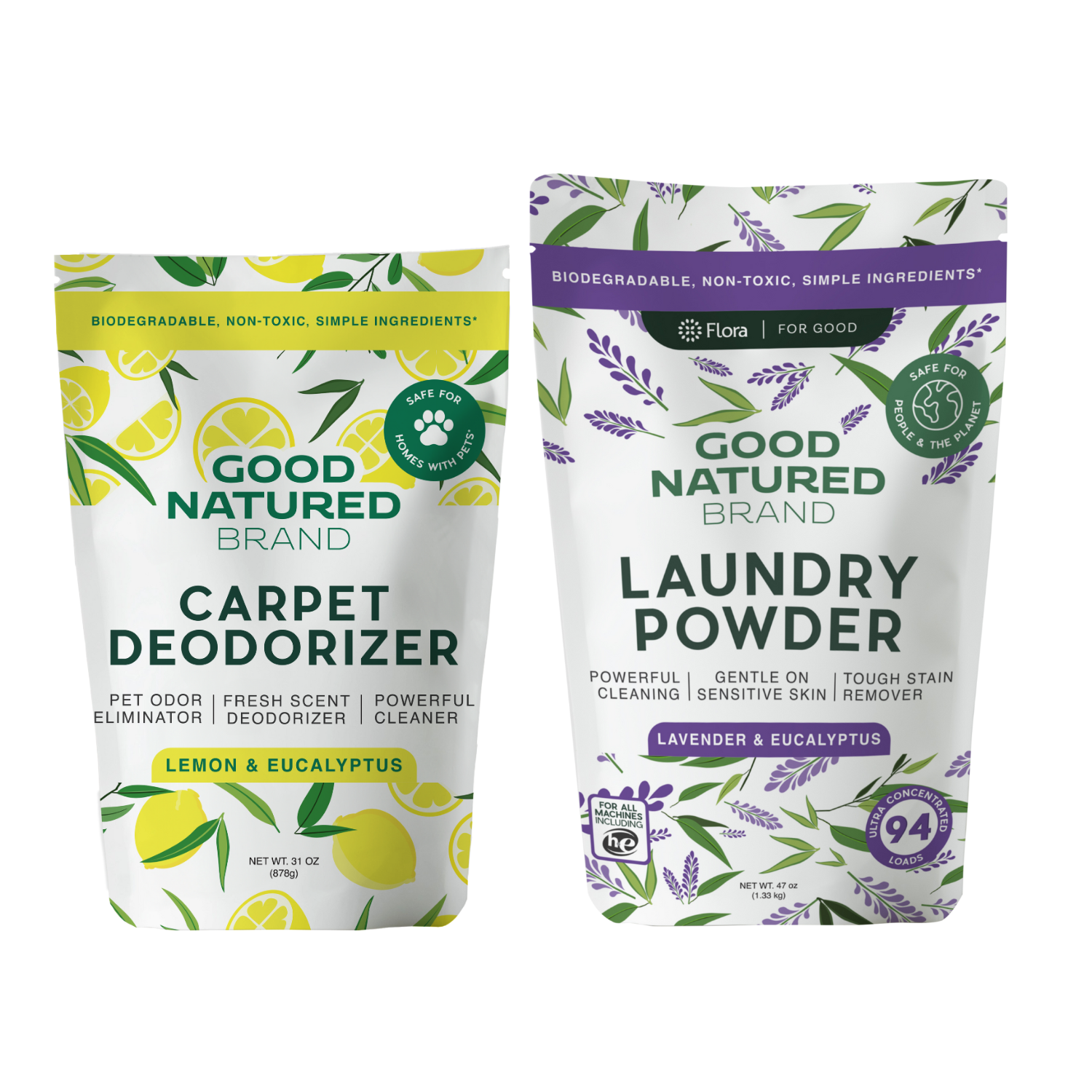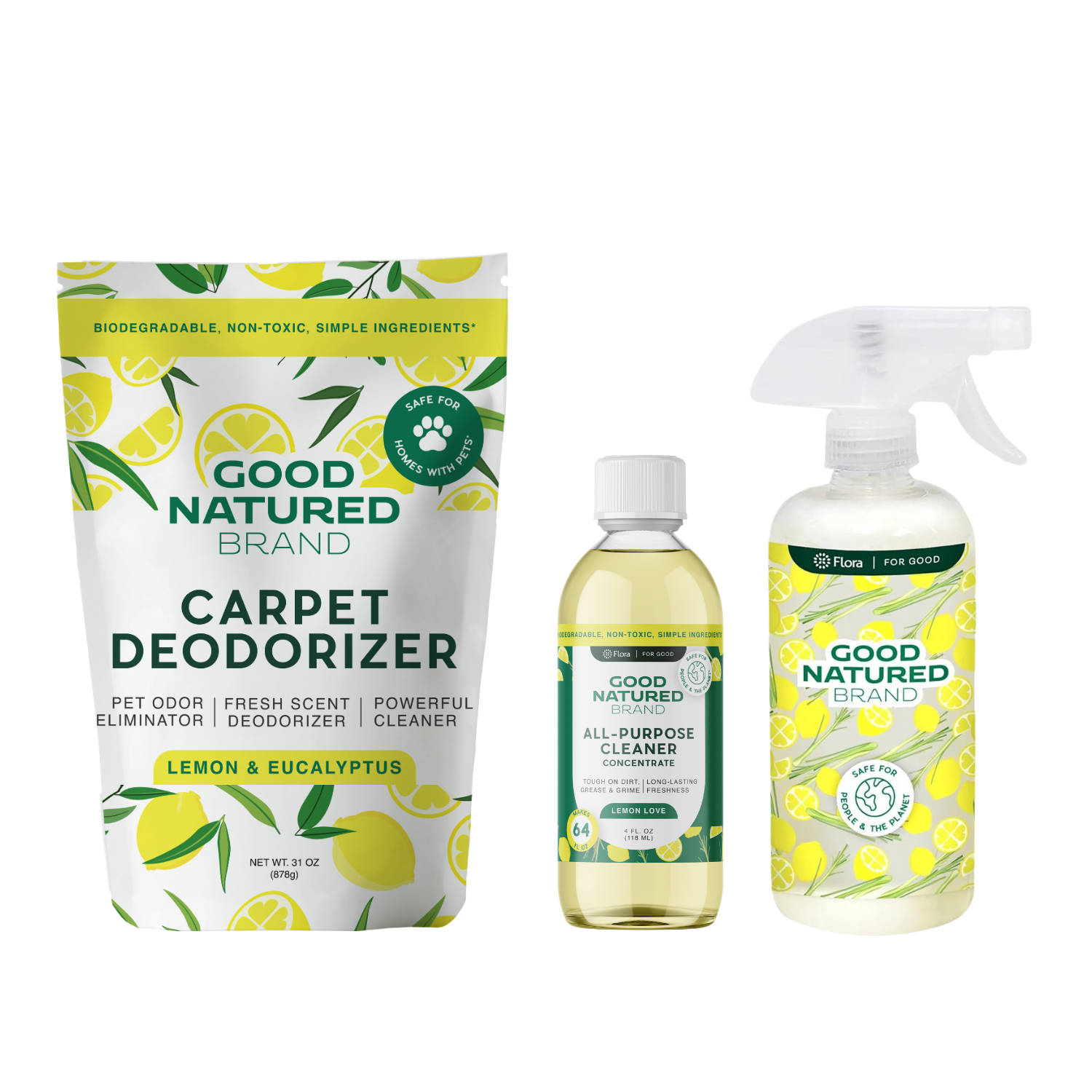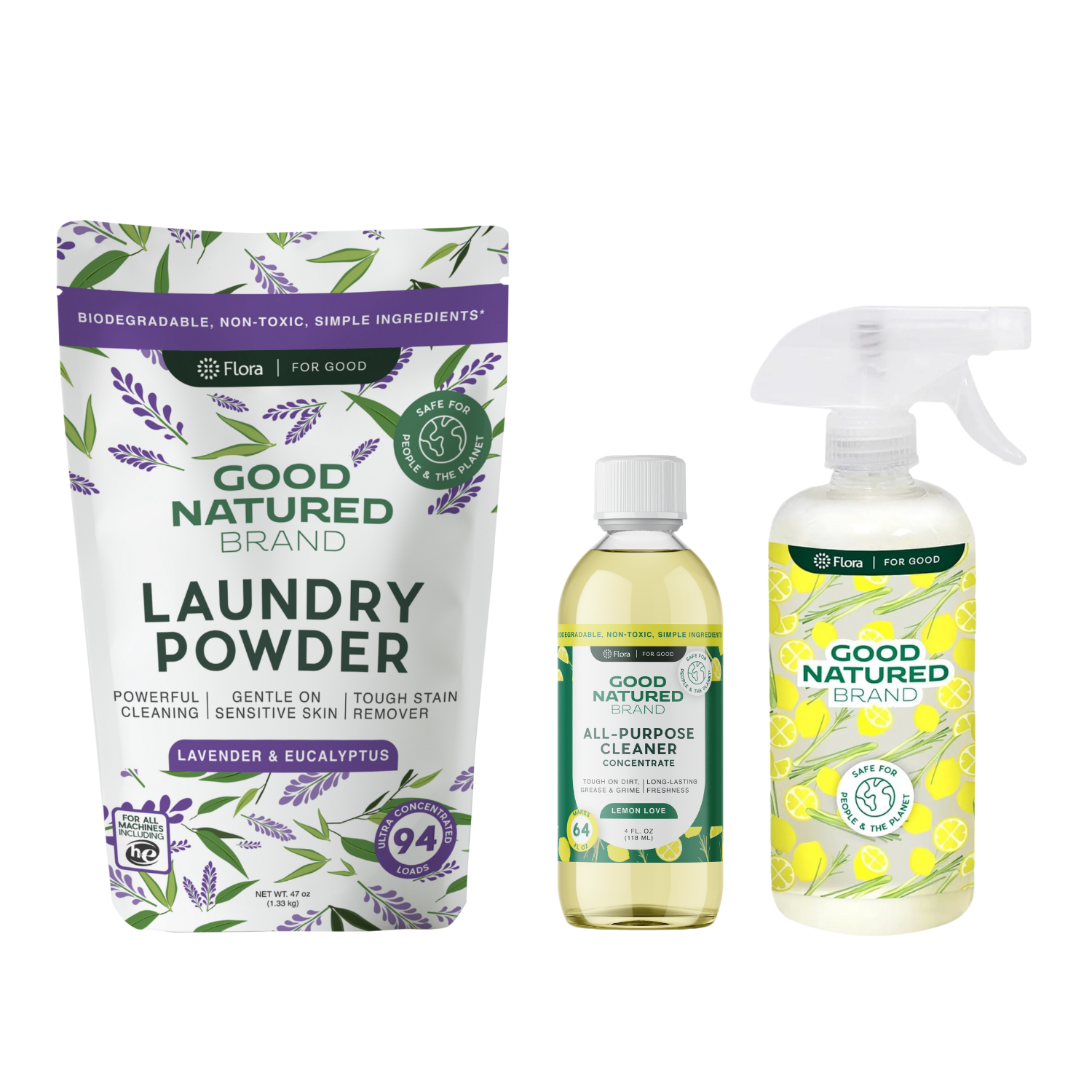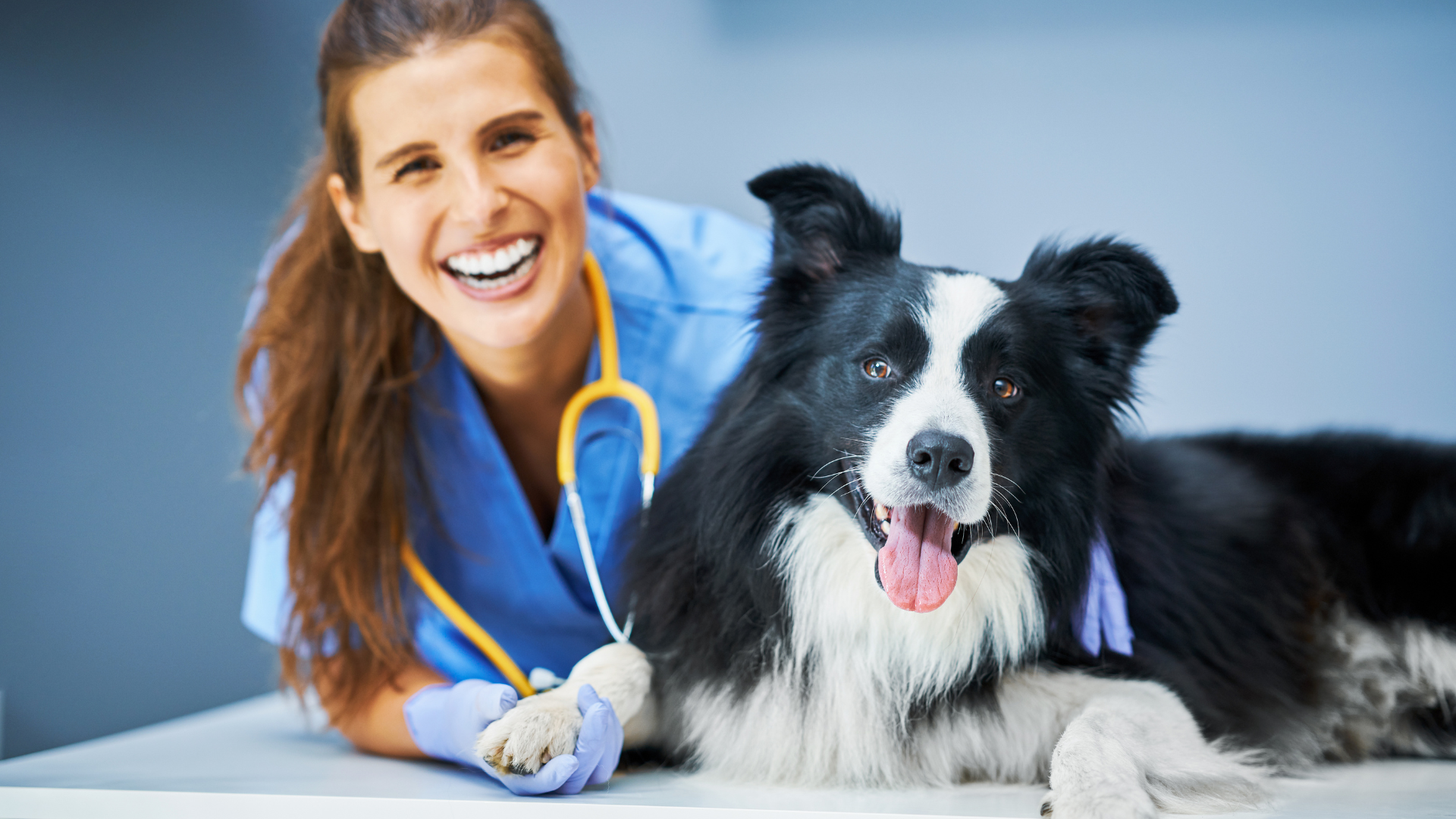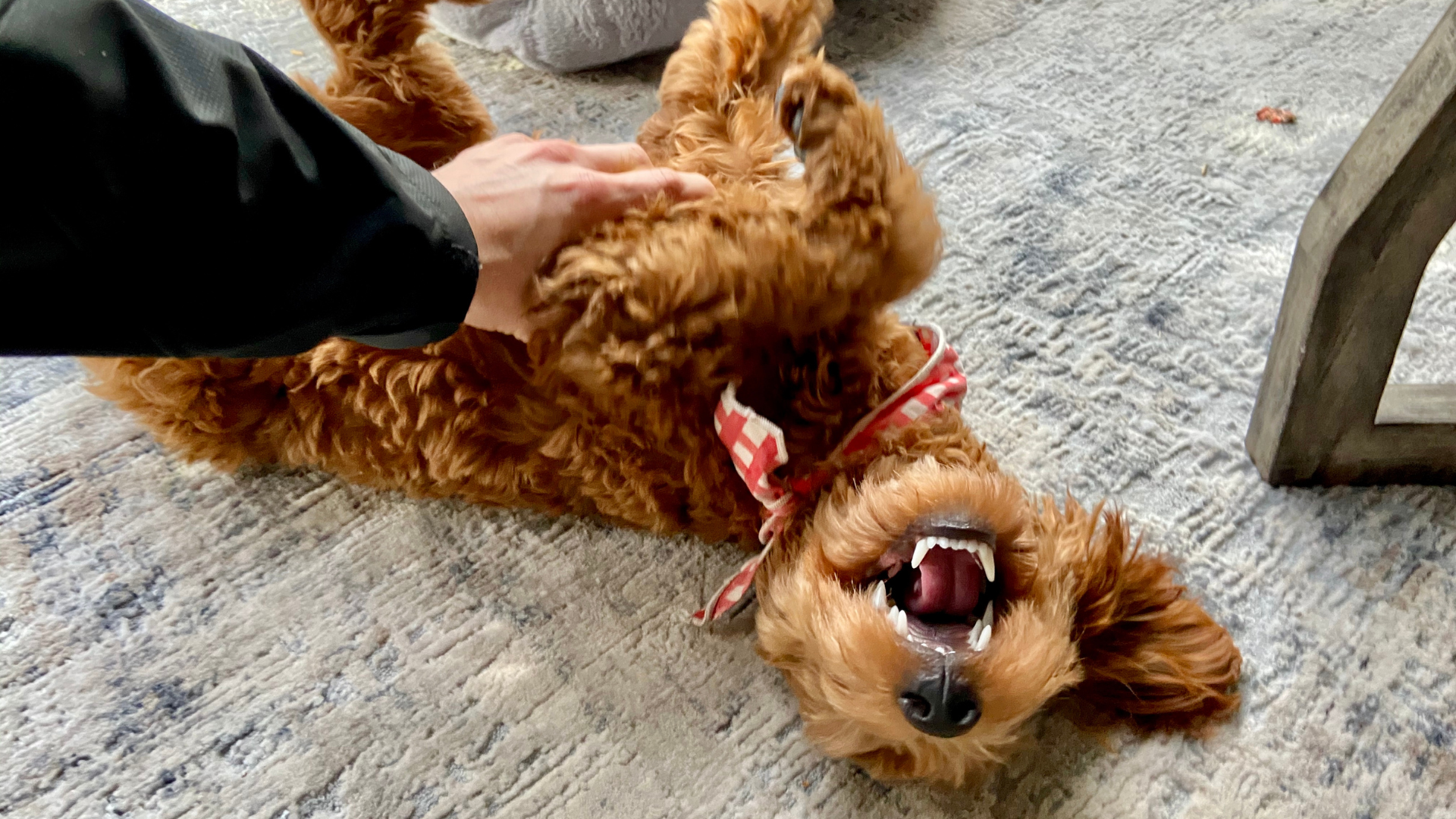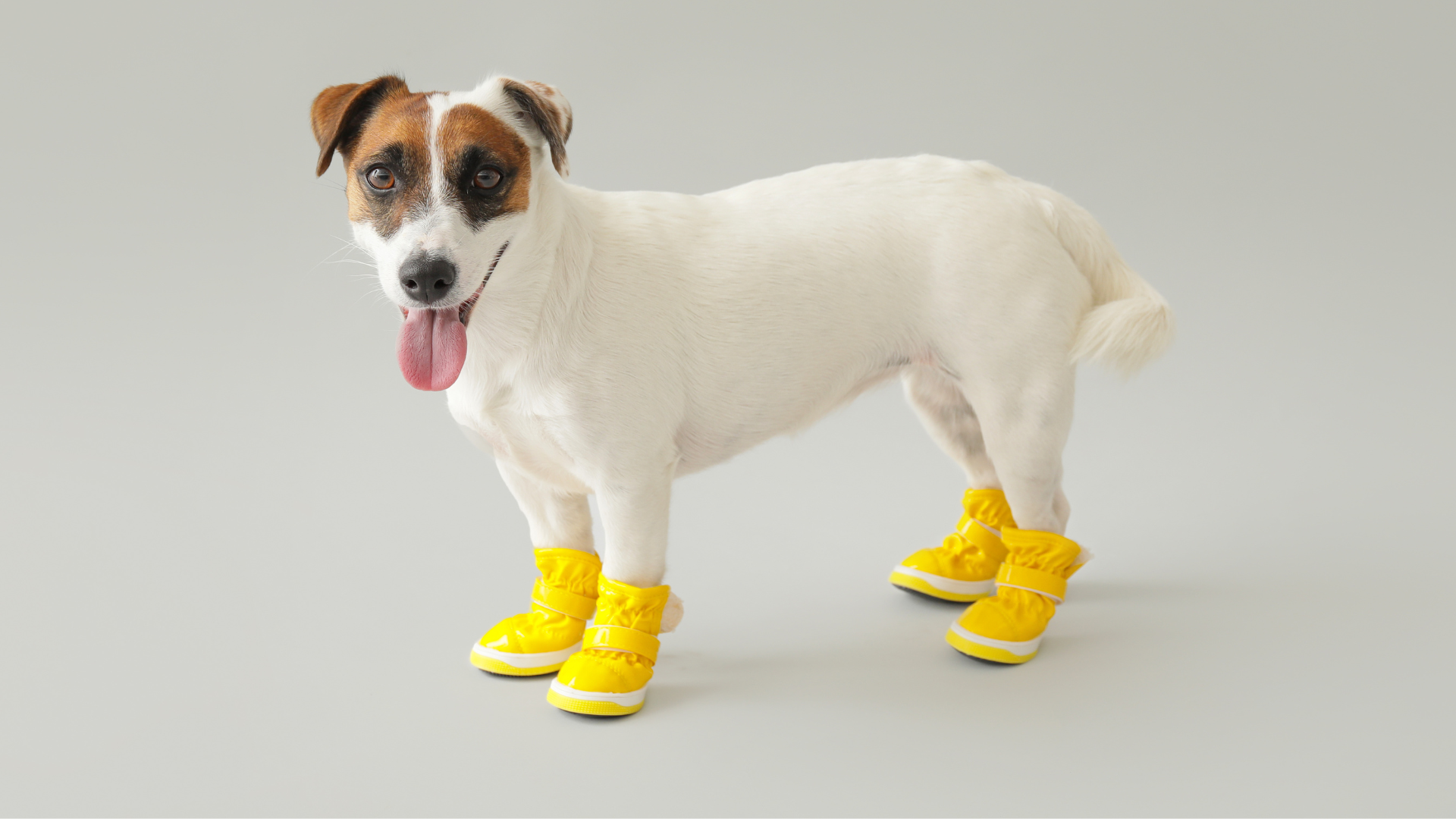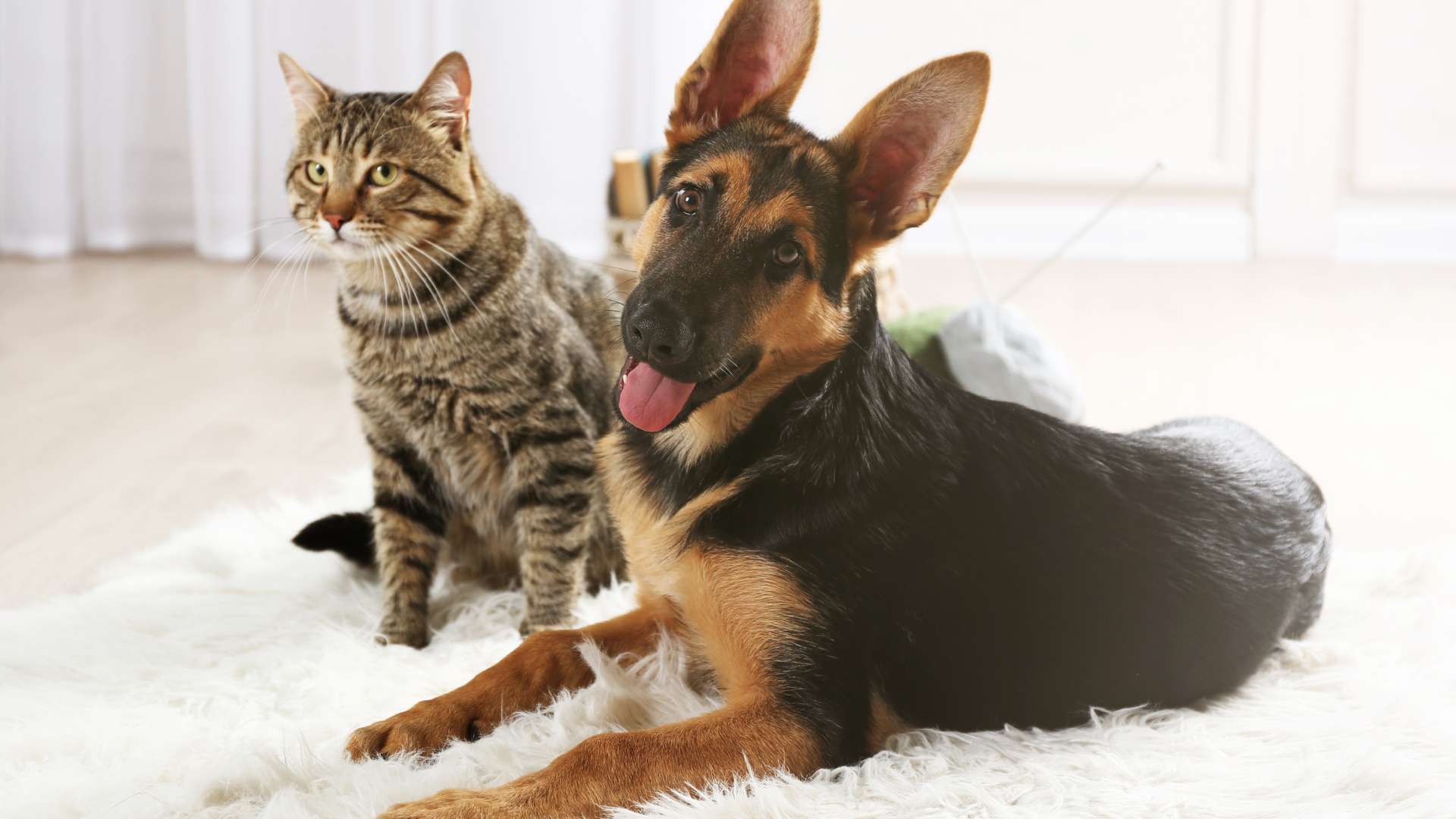What Is Pyoderma in Dogs?
Pyoderma in dogs refers to a bacterial skin infection that causes inflammation, pustules, and sores on the skin. This condition is often the result of a compromised skin barrier, allowing bacteria, typically Staphylococcus, to thrive and cause infection. Pyoderma can affect dogs of all ages, but it is most commonly seen in dogs with underlying health conditions, such as allergies, parasites, or hormonal imbalances.
If left untreated, pyoderma can lead to severe skin damage and infection. Understanding what pyoderma is, how it develops, and how to treat it effectively is essential for all dog owners, especially those with dogs prone to skin issues. This article will explore the causes, symptoms, and treatment options for pyoderma in dogs, helping you better care for your pet's skin health.
For more pet health information and tips on caring for your dog, check out the Good Natured Brand Blog.
What Causes Pyoderma in Dogs?
Pyoderma in dogs is caused by bacterial infections, typically involving Staphylococcus pseudintermedius, a type of bacteria that naturally resides on the skin but can become problematic when the skin barrier is compromised. Several factors can lead to an environment that allows bacteria to proliferate, leading to infection.
Bacterial Infection
Staphylococcus bacteria, under normal circumstances, are harmless and are part of the natural skin flora in dogs. However, when the skin’s barrier is damaged due to factors like allergies, injury, or moisture, these bacteria can enter the skin and cause infections. Pyoderma typically develops as a secondary infection, meaning that it arises because of an underlying health issue, such as:
-
Allergies: Environmental or food allergies can cause your dog’s skin to become inflamed and itchy, leading to scratching that damages the skin and allows bacteria to enter.
-
Hormonal Imbalances: Conditions like hypothyroidism or Cushing's disease can weaken the skin and immune system, making your dog more susceptible to infections like pyoderma.
-
Parasites: Fleas, ticks, and mites can also damage your dog’s skin, leading to pyoderma. Flea infestations, in particular, are a common trigger.
-
Immune System Disorders: If your dog has an autoimmune disease, their immune system may fail to effectively protect against infections, making them more prone to pyoderma.
Injury and Trauma
Injuries, such as cuts, scrapes, or abrasions, can also create an entry point for bacteria. Dogs that scratch excessively due to itching or from licking an irritated spot are also more likely to develop secondary infections. Pyoderma often occurs when these wounds become infected.
Environmental Factors
Environmental factors, such as moisture, humidity, or poor grooming habits, can exacerbate skin issues. Dogs with long, thick coats or excessive skin folds are particularly prone to developing pyoderma in warm, moist conditions where bacteria thrive. Keeping your dog’s living environment clean and dry is important for preventing infections.
When managing your dog’s skin condition, it’s essential to maintain a clean home environment. Consider using Good Natured Brand All-Purpose Cleaner to disinfect surfaces where your dog spends time. This can help reduce the amount of bacteria and allergens present in their environment, contributing to overall skin health.
Types of Pyoderma in Dogs
Pyoderma in dogs can be classified into different types based on the severity and depth of the infection. Understanding the different forms of pyoderma will help you better identify the condition and seek appropriate treatment.
Superficial Pyoderma
Superficial pyoderma affects only the outermost layers of the skin, typically involving the epidermis (the outermost skin layer). This form of pyoderma is usually less severe and may cause symptoms such as red, inflamed skin, pustules, and scabs. Common areas affected by superficial pyoderma include the belly, armpits, and paws.
Deep Pyoderma
Deep pyoderma is a more severe form of the infection and involves the deeper layers of the skin. It often occurs when superficial pyoderma is left untreated or when there is a more significant underlying health issue. Deep pyoderma can cause significant tissue damage and may lead to abscesses, severe swelling, and skin ulcers. This form of pyoderma can also be more painful for your dog and may require more intensive treatment, including oral antibiotics and possibly surgery.
Intertrigo Pyoderma
Intertrigo is a type of pyoderma that develops in skin folds, often in overweight dogs. Moisture, friction, and heat in the skin folds create a perfect environment for bacteria to thrive. Commonly affected areas include the groin, armpits, and the folds around the face and tail. Overweight dogs are particularly prone to this type of pyoderma, as they may have excess skin folds that trap moisture and bacteria.
Mucocutaneous Pyoderma
Mucocutaneous pyoderma involves the junctions between the skin and mucous membranes, such as around the eyes, mouth, or nose. This type of pyoderma can cause inflammation, redness, and lesions around the affected areas, which may be difficult to treat and require specific medications.
Recognizing the type of pyoderma affecting your dog is crucial for determining the right course of treatment. If you're unsure about your dog’s condition, it’s always best to consult a veterinarian.
How to Recognize the Symptoms of Pyoderma in Dogs
The symptoms of pyoderma can vary depending on the severity and type of infection, but some common signs to watch for include:
-
Visible Skin Lesions: Pyoderma often manifests as red, inflamed skin with pustules, sores, or crusty scabs. These lesions are typically found on areas where the skin is prone to friction, such as the belly, legs, and armpits.
-
Hair Loss: Infected areas may experience hair loss as the skin becomes inflamed and the hair follicles are damaged by the infection.
-
Red, Itchy, or Swollen Skin: One of the earliest signs of pyoderma is itching or discomfort in the affected areas. Your dog may lick, bite, or scratch excessively to try to relieve the irritation.
-
Foul Odor: A distinct, unpleasant smell may accompany pyoderma, caused by bacterial overgrowth and infection.
-
Licking, Scratching, or Biting: If your dog begins to lick, bite, or scratch excessively at certain areas of their body, it could be a sign of pyoderma or other skin issues.
If you notice any of these symptoms in your dog, it’s important to seek veterinary advice as soon as possible. A veterinarian will be able to diagnose the condition and prescribe appropriate treatment, which may include antibiotics, topical treatments, or special medicated shampoos.
If your dog’s symptoms cause messes around the home, consider using Good Natured Brand Carpet Deodorizers to neutralize odors and freshen your living space. If your dog’s bedding or towels get soiled, Good Natured Brand Laundry Powder can help you clean those items safely and effectively.
Treatment Options for Pyoderma in Dogs
When your dog is diagnosed with pyoderma, it's essential to follow a comprehensive treatment plan tailored to the severity and underlying causes of the infection. Treatment typically involves a combination of veterinary-prescribed medications, topical therapies, and supportive care.
Veterinary-Prescribed Medications
-
Antibiotics: Commonly used oral antibiotics include cephalexin, clavamox, and clindamycin. For more severe or resistant infections, injectable antibiotics like cefovecin (Convenia) may be administered, providing a two-week duration of action. PetMD
-
Anti-Inflammatory Medications: To alleviate itching and inflammation, medications such as Apoquel or Cytopoint may be prescribed. These help manage the discomfort associated with pyoderma. PetMD
Topical Therapies
-
Medicated Shampoos: Regular bathing with medicated shampoos containing ingredients like chlorhexidine, benzoyl peroxide, or sulfur can help reduce bacterial load and soothe the skin. It's important to follow your veterinarian's instructions regarding the frequency of use. PetMD
-
Topical Sprays and Ointments: These can be applied directly to affected areas to provide targeted treatment and relief.
Supportive Care
-
Elizabethan Collar: To prevent your dog from licking or scratching the affected areas, which can impede healing, an Elizabethan collar may be recommended. PetMD
-
Clean Bedding: Ensure your dog's bedding is clean and dry. Regularly washing and changing bedding can help reduce the risk of reinfection. Vca
-
Regular Veterinary Check-ups: Follow-up visits are crucial to monitor your dog's progress and adjust the treatment plan as necessary. PetMD
Preventing Pyoderma in Dogs
Preventing pyoderma involves maintaining your dog's overall health and hygiene, as well as addressing any underlying conditions that may predispose them to skin infections.
Maintain Skin Hygiene
-
Regular Grooming: Regular brushing and bathing can help keep your dog's skin clean and free from irritants. Use appropriate grooming tools and products as recommended by your veterinarian.
-
Dry Skin Folds: For breeds with skin folds, ensure these areas are kept dry and clean to prevent moisture buildup, which can lead to bacterial growth.
Address Underlying Health Issues
-
Manage Allergies: If your dog has allergies, work with your veterinarian to identify and manage allergens, which can contribute to skin inflammation and pyoderma.
-
Regular Health Screenings: Routine veterinary check-ups can help detect and address health issues like hormonal imbalances or parasites that may predispose your dog to pyoderma.
Maintain a Clean Environment
-
Clean Living Areas: Regularly clean your dog's living environment, including bedding, toys, and common areas, to reduce exposure to potential irritants and bacteria.
-
Use Pet-Safe Cleaning Products: Opt for cleaning products that are safe for pets, such as Good Natured Brand All-Purpose Cleaner, to maintain a healthy environment.
When to Consult a Veterinarian
If you notice any signs of pyoderma in your dog, it's important to consult a veterinarian promptly. Early diagnosis and treatment can prevent the condition from worsening and causing more severe health issues.
Signs to Watch For
-
Persistent Itching or Scratching: If your dog is constantly scratching or licking certain areas, it may indicate an underlying issue.
-
Skin Lesions or Sores: Redness, pustules, or open sores on the skin can be signs of pyoderma.
-
Hair Loss: Localized hair loss, especially in areas with skin lesions, can occur with pyoderma.
-
Foul Odor: An unpleasant smell emanating from your dog's skin can indicate a bacterial infection.
If your dog exhibits any of these symptoms, it's essential to seek veterinary care to determine the cause and appropriate treatment.
Conclusion
Pyoderma is a common but manageable condition in dogs. By understanding its causes, recognizing the symptoms, and following appropriate treatment and prevention strategies, you can help ensure your dog's skin health and overall well-being. Regular veterinary care, proper hygiene, and a clean environment play crucial roles in managing and preventing pyoderma.
For more information on pet care and health, visit the Good Natured Brand Blog or explore our Main Page for products that support your dog's health and hygiene.
If you have further questions or need personalized advice, don't hesitate to consult your veterinarian. They can provide guidance tailored to your dog's specific needs and help you navigate the best course of action for their health.
